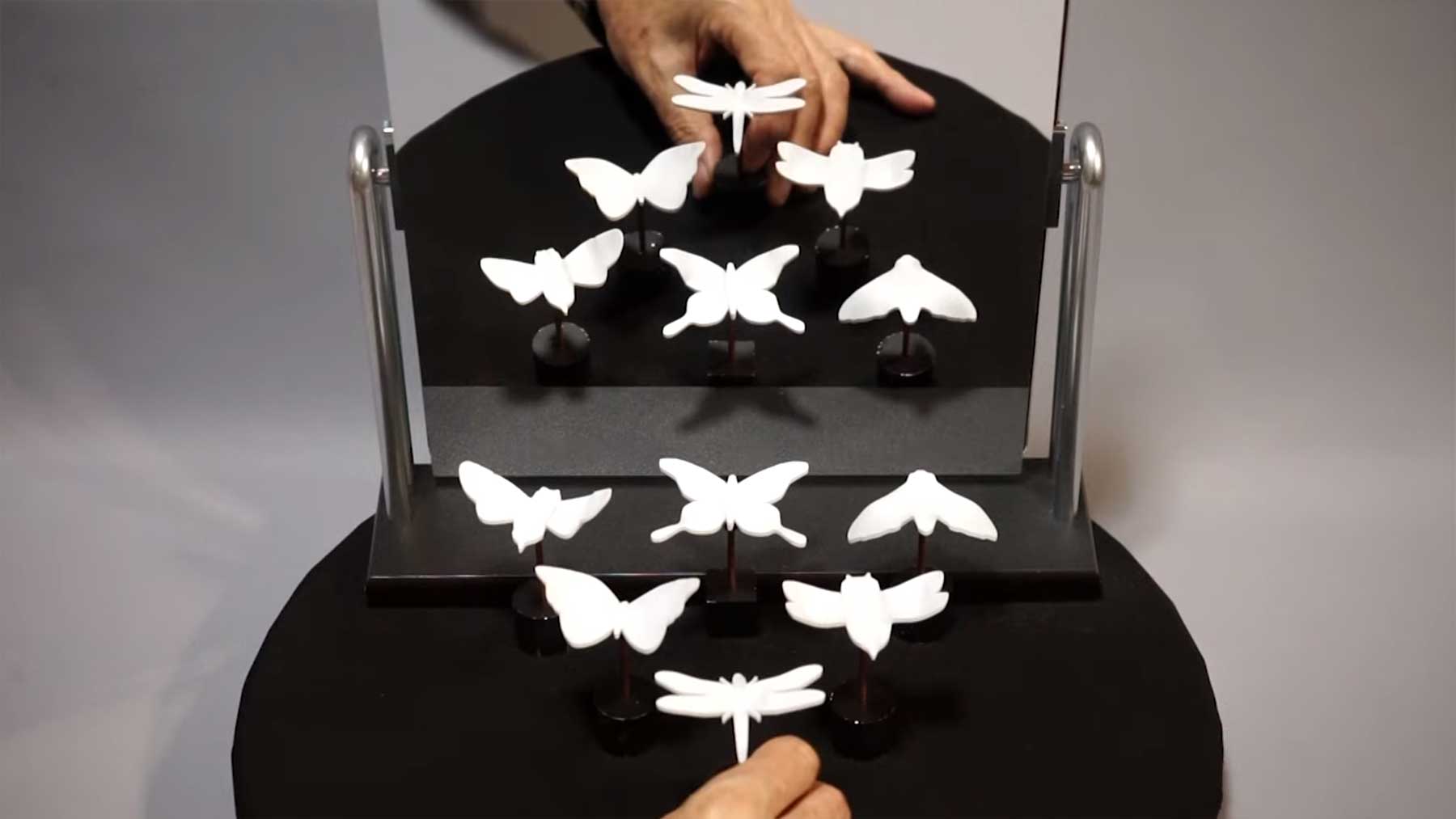
Kurz dachte ich, ich hätte nach den besten optischen Illusionen 2021 einfach das letzte Jahr 2022 übersprungen, aber anscheinend hat Selbiges aus der „Best Illusion of the Year Contest“ getan. Jetzt ist es aber wieder soweit und die besten Ideen und Umsetzungen, die unsere Augen an der Nase entlangführen, wurden gekürt.
Optische Illusion des Jahres 2023: 1. Platz
Wie bereits vor zwei Jahren konnte der Brite Matt Pritchard den ersten Platz einsacken. Dieses Mal mit seiner an so eine Zauberer-Geschichte erinnernde Kreation “Platform 9 3/4s”.
„Author description: The illusion is of a LEGO car driving through a solid wall. The reality is there is a car sized hole in the middle of the wall for toy to drive through. The missing brick work is replaced by an anamorphic illusion on the floor behind the wall. When viewed from one perspective, the vertical bricks and horizontal bricks line up and appear to be one solid wall. The pattern camouflages the edges and makes it extremely hard to distinguish any discontinuities.“
Optische Illusion des Jahres 2023: 2. Platz
Der US-Amerikaner John Salmon kann mit seinem “Tower of Cubes?” verblüffen und letztlich Rang Zwei des Contests für sich in Beschlag nehmen.
„Author description: In the “Tower of Cubes?” illusion, the viewer is shown a stack or tower created with three perfect, 3D-printed cubes on the left beside a tower on the right. Once assembled a straight wooden stick is driven through the left tower from the top to bottom. The stick is likewise pushed through the tower of cubes on the right but now appears to bend around the structure in a surprising and impossible manner. The illusion is resolved by disassembling the tower on the right revealing warped 3D-printed cubes that are anything but perfect.“
Optische Illusion des Jahres 2023: 3. Platz
Wendy van Boxtel – “Cornelia”
„Author description: After discovering hollow face illusions, I was obsessed to create an inside out sculpture where the face and hair gradually emerges into the painting this to create a custom illusion that make people stare. I experimented with many materials, colors and depth, after lots of attempts I found a method that worked.
You might think it would trick everyone’s eyes BUT not exactly, People who have schizophrenia have a disconnect from what the eyes see and from what the brain is thinking and are not capable to see the illusion.“
Weitere kreative Illusionen
Das waren die gekürten Top 3, die insgesamt zehn Illusionen umfassende offizielle Shortlist des Wettbewerbes könnt ihr auf IllusionOfTheYear.com sehen. Hier noch einige meiner persönlichen Favoriten darunter.
„One Way Flight“ von Kokichi Sugihara aus Japan zeigt uns ein besonderes Spiegelbild, das vermeintlich gar nicht wirklich spiegelt…
„Author description: An ordinary object facing toward a mirror, when reflected in a mirror, changes its orientation to the opposite with respect to the mirror surface. Our objects, however, just translate into the mirror without changing their orientations. This illusion is strong in the sense that the illusion does not disappear even if we change our viewpoint in a certain area.“
„The Poggendorff Triangles“ von Gideon Paul Caplovitz, Eleanor Caplovitz und Evelyn Caplovitz ist eine ganz fiese Sache, die unser Hirn „geradebiegen“ möchte:
„Author description: The Poggendorff Triangles highlights the neural processes by which our brains represent partially occluded objects. The illusion reveals an interaction between two classic phenomena: The Poggendorff Illusion in which misaligned segments of a partially occluded line can appear collinear, and the formation of Illusory Contours. While we are unlikely to experience the illusion in our everyday lives, the neural mechanisms underlying the illusion contribute to how we experience the occluded portions of an object despite not being visible. My daughters and I accidentally discovered the illusion while I was teaching them how to draw and manipulate shapes on the computer.“
Kento Imai, Haruka Kayano und Kenri Kodaka haben mit „XRAYHEAD“ eine äußerst surreale interaktive Installation geschaffen, die sich sehr seltsam anfühlen muss, wenn man selbst darin steckt.
„Author description: XRAYHEAD creates the striking illusion of seeing a skeleton inside one’s head when the experimenter touches the interior skeleton. This illusion is examined in a darkroom using a setup where the participant views a specially designed skeleton through a half mirror, and the experimenter touches the participant and the skeleton’s head with both hands. In this specific arrangement, the distance between the skeleton head and the palm of the experimenter’s hand determines the brightness of the skeleton. In our laboratory exhibition, 77 out of 101 participants reported experiencing a strong tactile sensation of the illusory skeleton within their heads.“
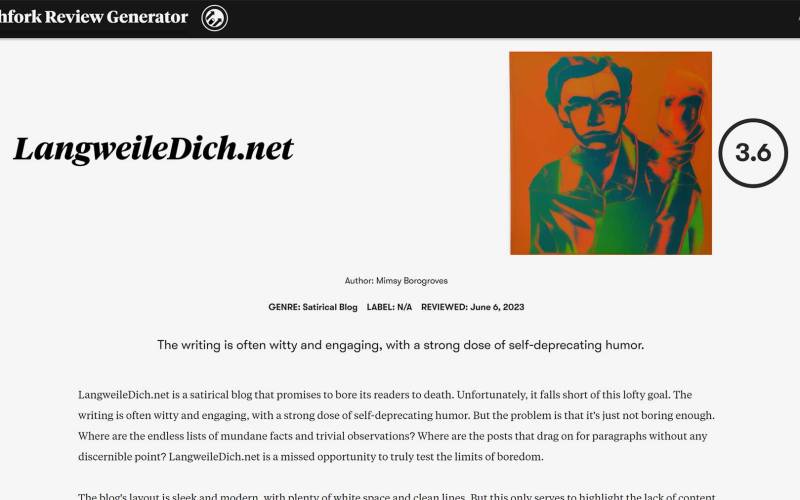
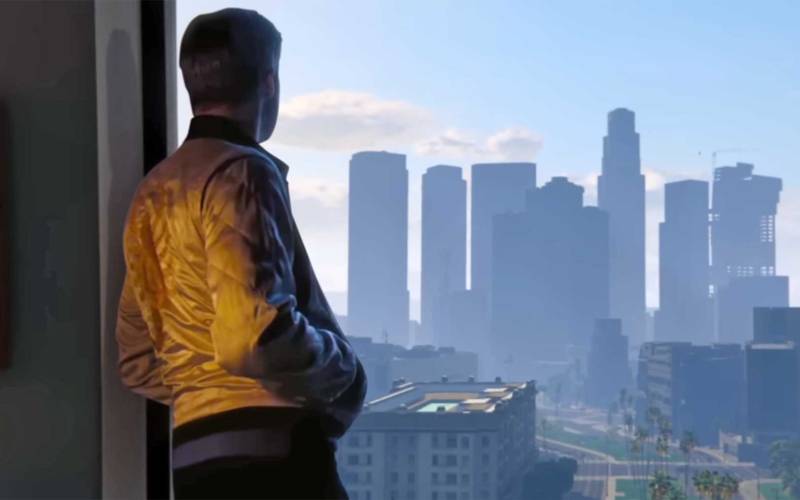
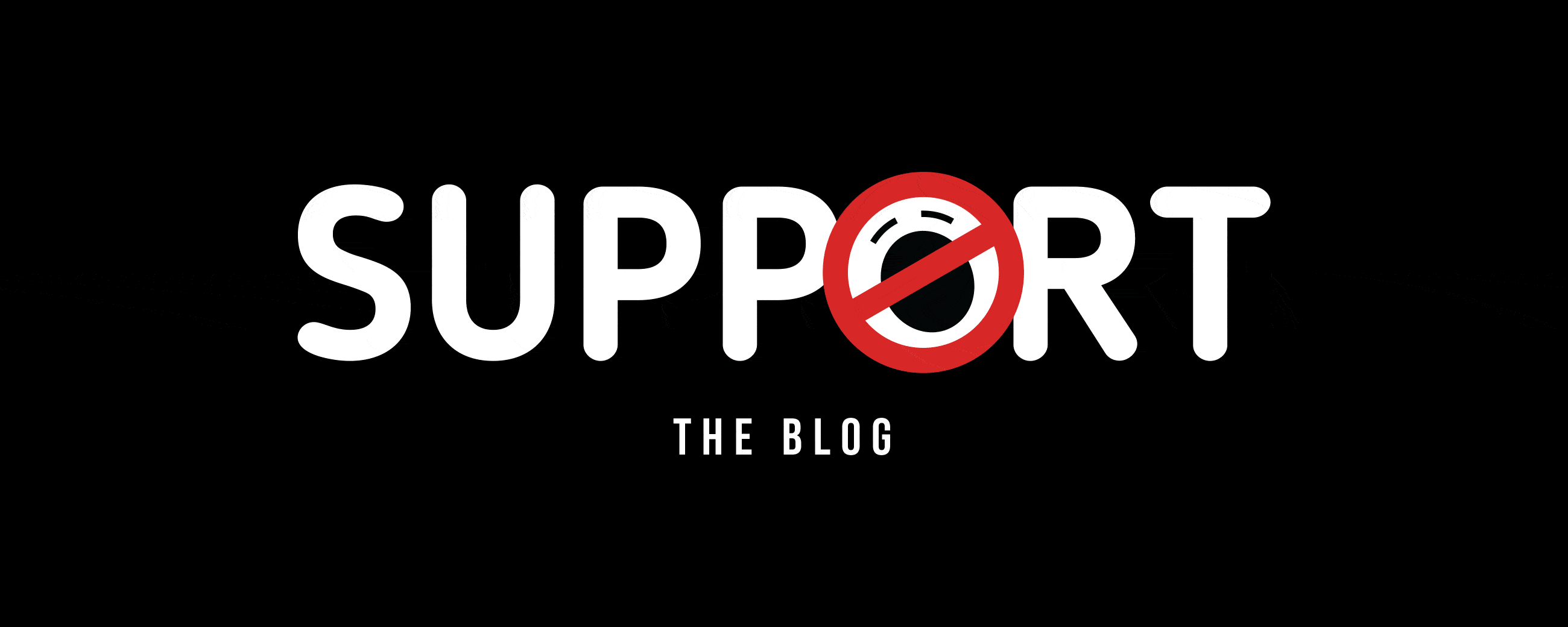

![Unter anderem @wibmerfabio war bei der @mastersofdirt Show dabei! Mehr Bilder sowie Infos zur 2025er Tour gibt es im Blog. [WERBUNG] #mastersofdirt #fabiowibmer](https://www.langweiledich.net/wp-content/plugins/instagram-feed/img/placeholder.png)



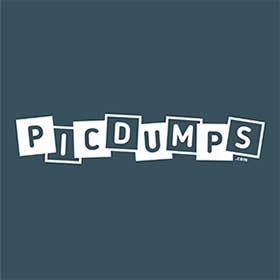


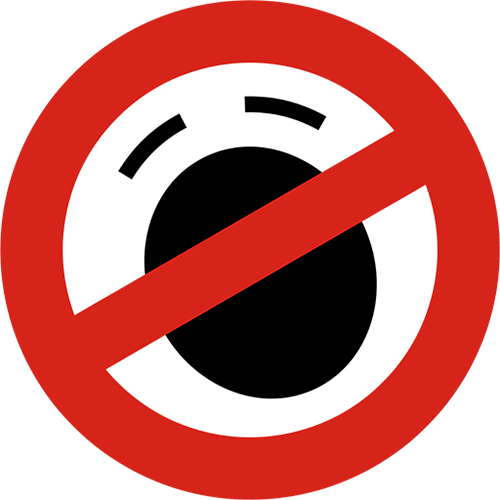
Keine Kommentare